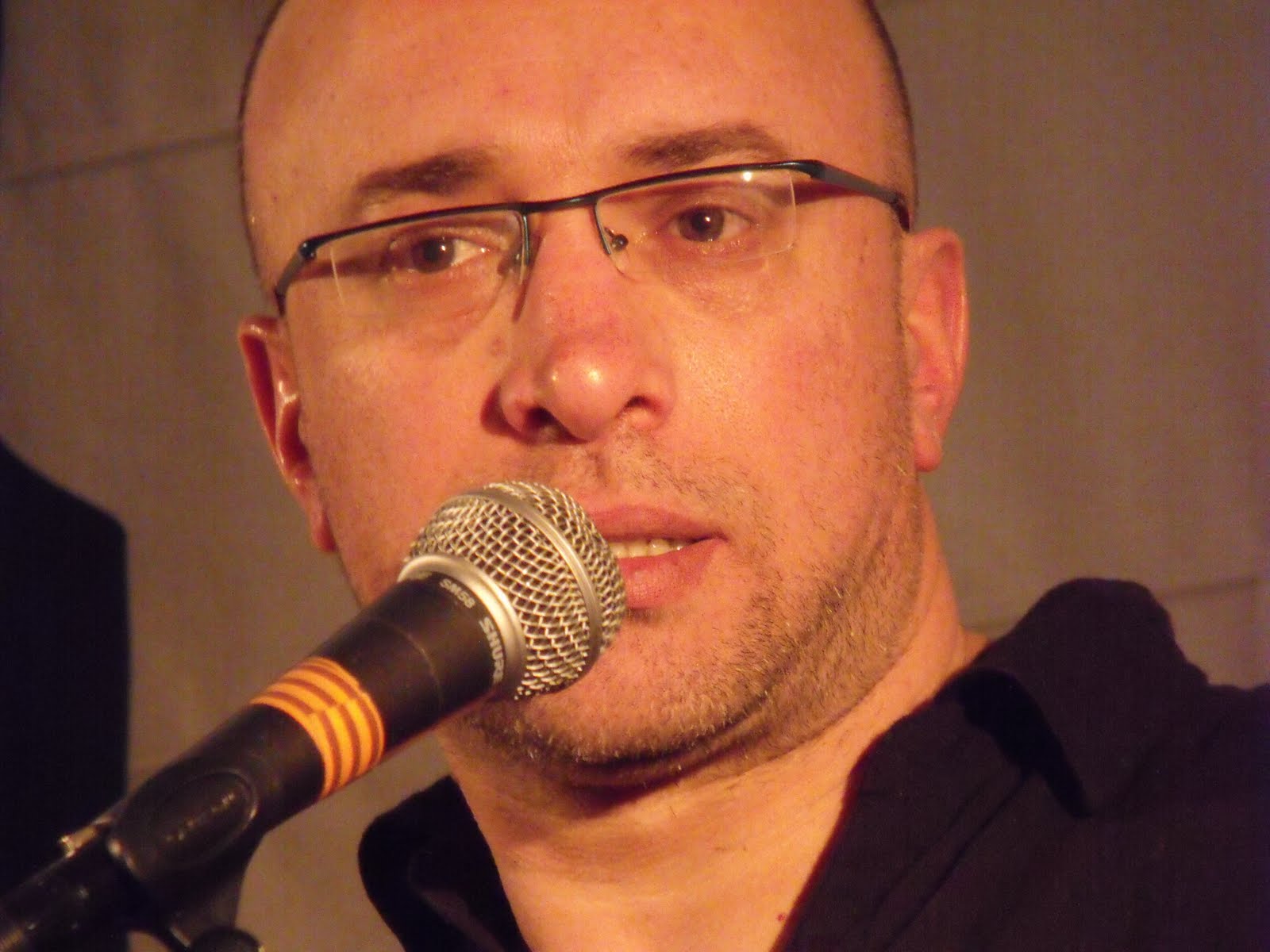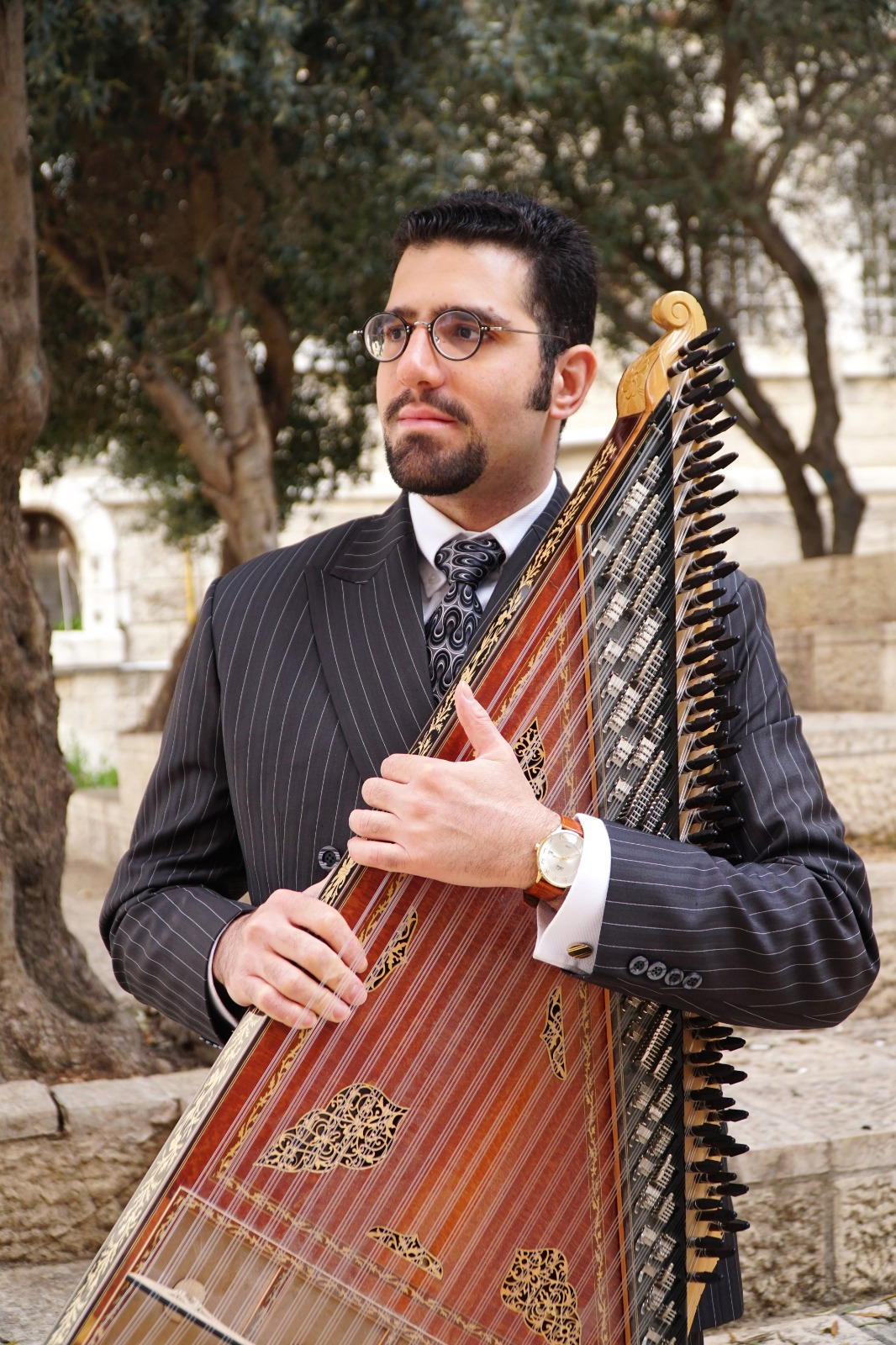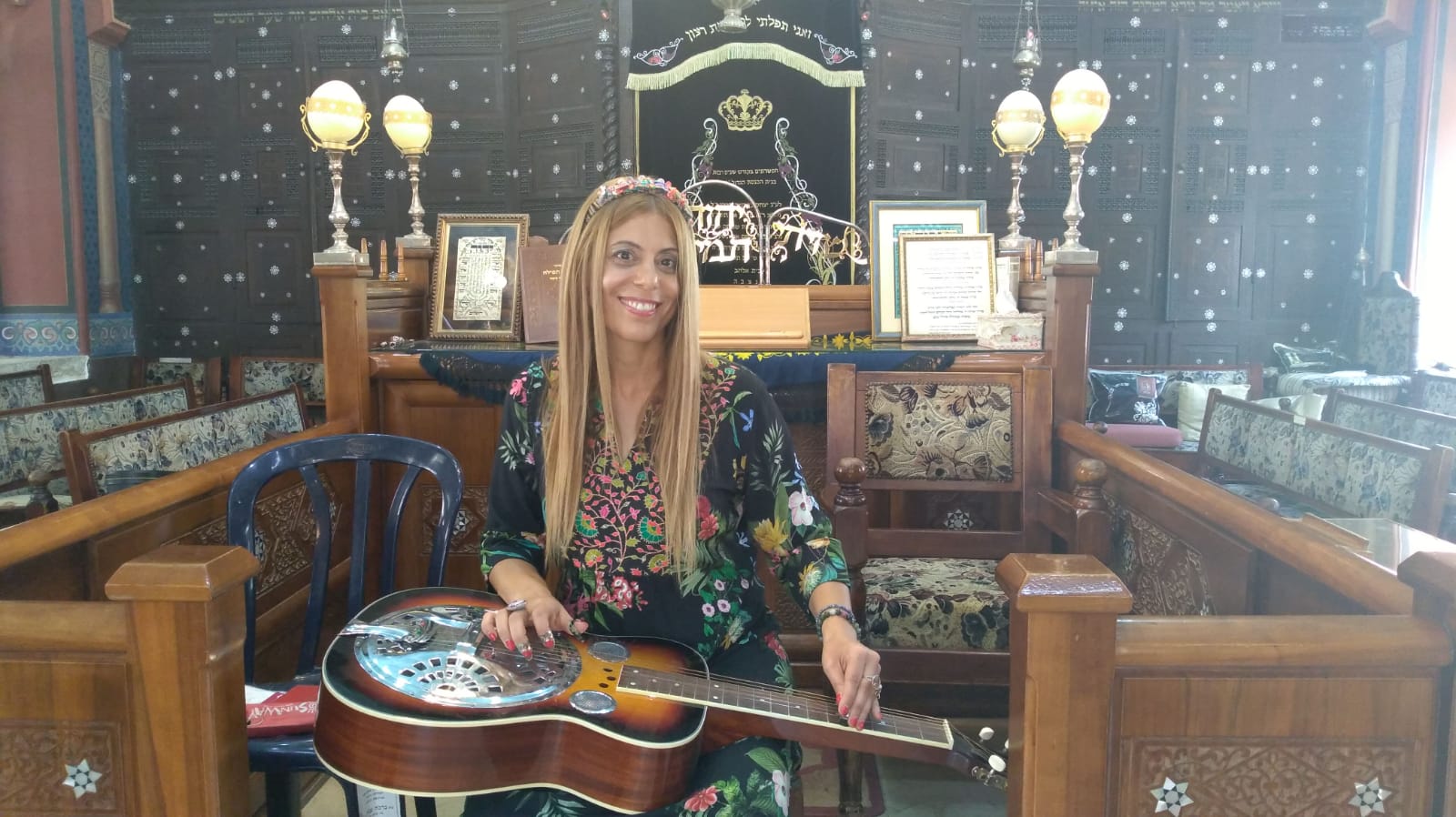15:30 Talk-Show
Renana Peres, The Hebrew University
Talk – Knowing what is important. Modeling the expected probability of correct assignment under uncertainty
Co-Authors: Tom Dvir and Zeev Rudnick
When making important decisions such as choosing health insurance or a school, people are often uncertain what levels of attributes will suit their true preference. For instance, in choosing a school, people might find it hard to specify what a”good” school means to them in terms of the level of specific attributes such as the number of Math hours, intensiveness of the music program, geographic location, or whether the athletics program should include Quidditch. After choice, they might realize that their uncertainty resulted in a mismatch: they find the Math program less demanding, the music program too intensive, or a 20 minute walk to school is more strenuous than they expected. Thus, they chose a sub-optimal alternative, while another available alternative could have better matched their needs.
We study here the overall impact, from a central planner’s perspective, of decisions under such uncertainty. We use the representation of Voronoi tessellations to locate all individuals and alternatives in an attribute space. We provide an expression for the probability of correct match, and calculate, analytically and numerically, the average percentage of matches. We test dependence on the level of uncertainty and location.
We find overall considerable mismatch even for low uncertainty – a possible concern for policy makers. We further explore a commonly used practice – allocating service representatives to assist individuals’ decisions. We show that within a given budget and uncertainty level, the effective allocation is for individuals who are close to the boundary between several Voronoi cells, but are not right on the boundary.
When making important decisions such as choosing health insurance or a school, people are often uncertain what levels of attributes will suit their true preference. For instance, in choosing a school, people might find it hard to specify what a”good” school means to them in terms of the level of specific attributes such as the number of Math hours, intensiveness of the music program, geographic location, or whether the athletics program should include Quidditch.
After choice, they might realize that their uncertainty resulted in a mismatch: they find the Math program less demanding, the music program too intensive, or a 20 minute walk to school is more strenuous than they expected. Thus, they chose a sub-optimal alternative, while another available alternative could have better matched their needs.
We study here the overall impact, from a central planner’s perspective, of decisions under such uncertainty. We use the representation of Voronoi tessellations to locate all individuals and alternatives in an attribute space. We provide an expression for the probability of correct match, and calculate, analytically and numerically, the average percentage of matches. We test dependence on the level of uncertainty and location.
We find overall considerable mismatch even for low uncertainty – a possible concern for policy makers. We further explore a commonly used practice – allocating service representatives to assist individuals’ decisions. We show that within a given budget and uncertainty level, the effective allocation is for individuals who are close to the boundary between several Voronoi cells, but are not right on the boundary.
Show – My Heart doth Tremble, The soundtrack of Jerusalem
Join our very own Renana Peres, the liturgical bard Roni Ish Ran and the player Yehuda Haim Yona, to a musical journey through the streets of Jerusalem, its synagogues, people, sounds, rhythms, and traditions.
Ancient lyrics, melodies from near and far, wishes for peace and health, and plenty of good vibes.






